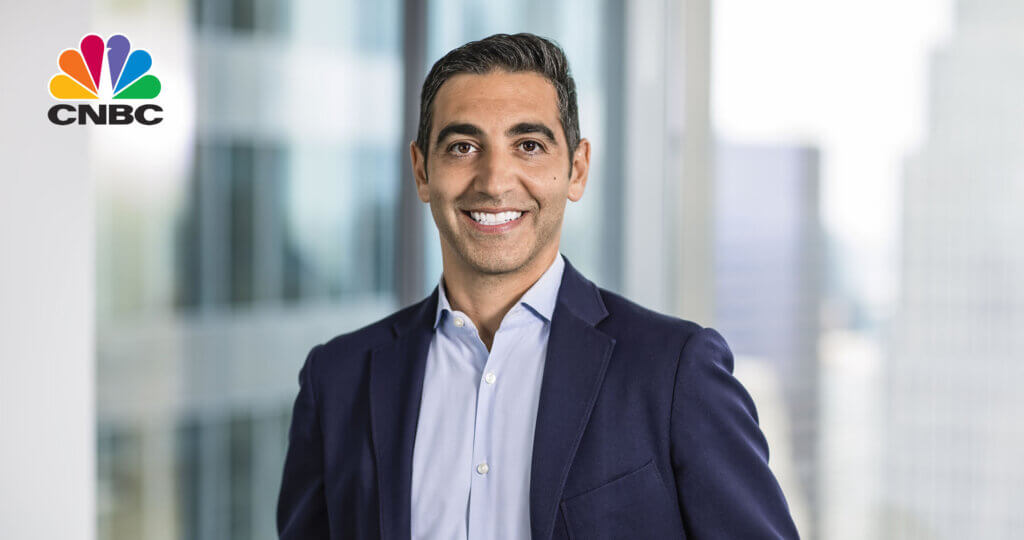
This is the time of year when I spend most Friday afternoons reading annual letters from CEOs to their shareholders. They run the gamut from nearly useless to highly informative and range in length from one paragraph to so long it reminds me of the quote, “I’d have written a shorter letter, but I didn’t have the time.” When I was new to this business, the annual report was important for updating our knowledge of a company, and the CEO letter was a must read. Today, reading these letters has become a lost art. Most investors now prefer gathering data from financial websites and never even look at annual reports. It’s no wonder that many CEOs now view writing their shareholder letter as a relic of the old days: just a legal obligation to fulfill, the less time spent on it the better.
Many of these letters have become so formulaic that they don’t say much. Rather than call out an individual CEO, I asked ChatGPT to write a generic introduction to an annual letter to shareholders that explains results in the context of 2022 world events. It responded: “My knowledge cutoff is September 2021, and I do not have access to information beyond that point…” So, I asked Bard, the AI chatbot from our largest holding, Alphabet:
“Dear Shareholders,
I am writing to you today to discuss the results of XYZ Corp. for 2022. As you know, the past year has been a challenging one for businesses of all sizes, due to the economic and geopolitical backdrop. The COVID-19 pandemic has had a significant impact on our business, as it has on many others. The virus has caused a decline in consumer spending and business activity, and has also led to supply chain disruptions.
The war in Ukraine has also had a negative impact on our business. The war has caused a sharp increase in energy prices, which has made it more expensive to produce our products. The war has also caused a decline in consumer confidence, which has led to a decrease in demand for our products. Inflation has also been a major challenge for our business. Inflation has made it more expensive to produce our products, and has also made it more difficult for our customers to afford our products.”
Because we own Alphabet, I was pleased that Bard wrote such an accurate answer. It is frustrating, though, that a letter that says nothing specific about the company is so typical of the real letters Bard synthesized. I like to play a game with our analysts over lunch: I read shareholder letters and, substituting “our company” for the actual name, see how far I can go before they guess the company. It is cringeworthy when the guesses aren’t even in the same industry after 300 words.
So, why do I bother to read these letters? At Oakmark, we believe that good CEOs want well-informed shareholders and should take full advantage of this once-a-year opportunity to communicate directly with the owners. Here are some of the questions I think a good shareholder letter should address:
- How did last year’s results differ from expectations and why?
- What are the most important changes at the company over the past year?
- What challenges and opportunities do you see in the year ahead?
- What gives the company a competitive advantage, and how are you increasing it?
- What competitively advantaged opportunities can you exploit over the next five years?
- Do you expect to need capital, or will you produce excess cash?
- What is your philosophy for deploying excess capital?
- How do you use the board’s experience to improve your own performance?
- Are you increasing the depth of the management team?
- What about succession planning?
We think a strong management can separate from the pack by writing educational shareholder letters. I thought three of our holdings’ CEOs had especially good letters this year: Bank of New York Mellon’s (BK) Robin Vince, Charles Schwab’s (SCHW) Walter Bettinger and Wells Fargo’s (WFC) Charlie Scharf.
Mutual funds are legally required to write letters to shareholders twice a year. And unfortunately, the industry has largely followed the CEOs who treat their letters as a nuisance. At Oakmark, however, we view it as a privilege to connect directly with shareholders to explain how we think about investing. Instead of two reports per year, we write to shareholders quarterly. And instead of just listing the performance facts, we try to educate shareholders as to why we invest the way we do.
If you are new to Oakmark, our goal is that reading several years of quarterly reports would lead to a good understanding of how we invest. And if you are already an investor, by sharing our thoughts about the market and our portfolio transactions, we hope you will gain the confidence to stick with your investment even if recent results leave something to be desired. Most mutual fund investors underperform the funds they invest in due to poor timing of their own buys and sells—buying after the fund increased and selling after it declined. We believe that a shareholder who understands our approach is less likely to make those mistakes and more likely to have a positive experience with our funds. And we think writing high-quality commentaries can help produce that outcome.
Call me old fashioned, but I’m going to continue spending my time reading and writing letters to shareholders.
The holdings mentioned comprise the following percentages of total net assets as of 03/31/2023:
| Security | Oakmark Fund | Oakmark Select |
|---|---|---|
| Alphabet Cl A | 3.7% | 10.2% |
| Bank of New York Mellon | 1.5% | 0% |
| Charles Schwab | 1.2% | 2.9% |
| Microsoft | 0% | 0% |
| Wells Fargo | 2.4% | 4.1% |
Portfolio holdings are not intended as recommendations of individual stocks and are subject to change. The Funds disclaim any obligation to advise shareholders of such changes. Information about portfolio holdings does not represent a recommendation or an endorsement to Fund shareholders or other members of the public to buy or sell any security contained in the Funds’ portfolios. Portfolio holdings are current to the date listed but are subject to change any time. There are no assurances that the securities will remain in the Funds’ portfolios after the date listed or that the securities that were previously sold may not be repurchased.
Access the full list of holdings for the Oakmark Fund here.
Access the full list of holdings for the Oakmark Select Fund here.
The Oakmark Fund’s portfolio tends to be invested in a relatively small number of stocks. As a result, the appreciation or depreciation of any one security held by the Fund will have a greater impact on the Fund’s net asset value than it would if the Fund invested in a larger number of securities. Although that strategy has the potential to generate attractive returns over time, it also increases the Fund’s volatility.
Because the Oakmark Select Fund is non-diversified, the performance of each holding will have a greater impact on the Fund’s total return, and may make the Fund’s returns more volatile than a more diversified fund.
Oakmark Select Fund: The stocks of medium-sized companies tend to be more volatile than those of large companies and have underperformed the stocks of small and large companies during some periods.
Investing in value stocks presents the risk that value stocks may fall out of favor with investors and underperform growth stocks during given periods.
The information, data, analyses, and opinions presented herein (including current investment themes, the portfolio managers’ research and investment process, and portfolio characteristics) are for informational purposes only and represent the investments and views of the portfolio managers and Harris Associates L.P. as of the date written and are subject to change and may change based on market and other conditions and without notice. This content is not a recommendation of or an offer to buy or sell a security and is not warranted to be correct, complete or accurate.
Certain comments herein are based on current expectations and are considered “forward-looking statements”. These forward looking statements reflect assumptions and analyses made by the portfolio managers and Harris Associates L.P. based on their experience and perception of historical trends, current conditions, expected future developments, and other factors they believe are relevant. Actual future results are subject to a number of investment and other risks and may prove to be different from expectations. Readers are cautioned not to place undue reliance on the forward-looking statements.






